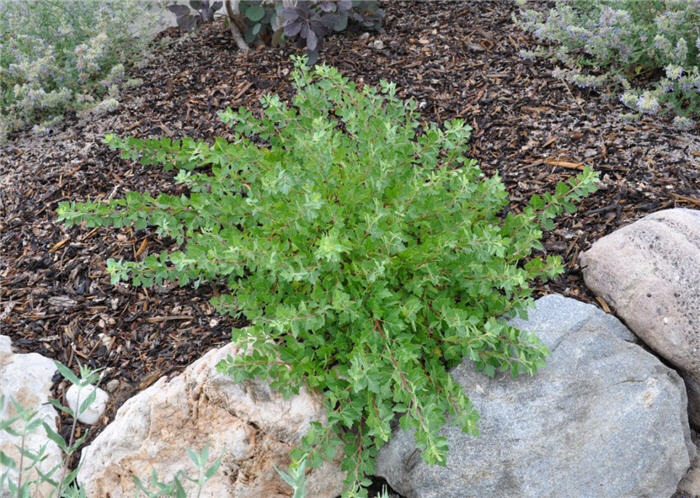| Botanical Name: Rhus trilobata 'Autumn Amber'. | |
| Common Name: Autumn Amber Three-leafed Sumac |

-
Anatomy
-
Culture
-
Design
Plant Type
Shrub, Ground cover
Height Range
1-3'
Flower Color
Green, Yellow
Flower Season
Spring
Leaf Color
Green, Dark Green
Bark Color
Brown
Fruit Color
Red
Fruit Season
Summer, Fall, Persistent
Sun
Full, Half, Shade
Water
Low
Growth Rate
Moderate
Soil Type
Sandy, Clay, Loam, Rocky, Unparticular
Soil Condition
Average, Rich, Poor, Well-drained, Dry
Soil pH
Acid, Neutral, Basic
Adverse Factors
Invasive
Design Styles
Formal, Mediterranean, Ranch
Accenting Features
Fall Color, Fragrance, Showy Flowers, Unusual Shape
Seasonal Interest
Spring, Summer, Fall
Location Uses
Background, Shrub Border, Foundation, Parking Strip, Patio, Parking Lot, Raised Planter, Walls / Fences
Special Uses
Cascade, Erosion Control, Mass Planting, Fire Resistant, Naturalizing
Attracts Wildlife
Birds, Butterflies
Photographer:
-
Description
-
Notes